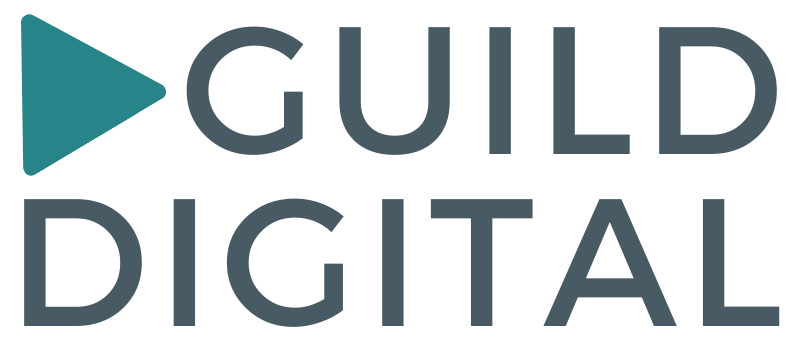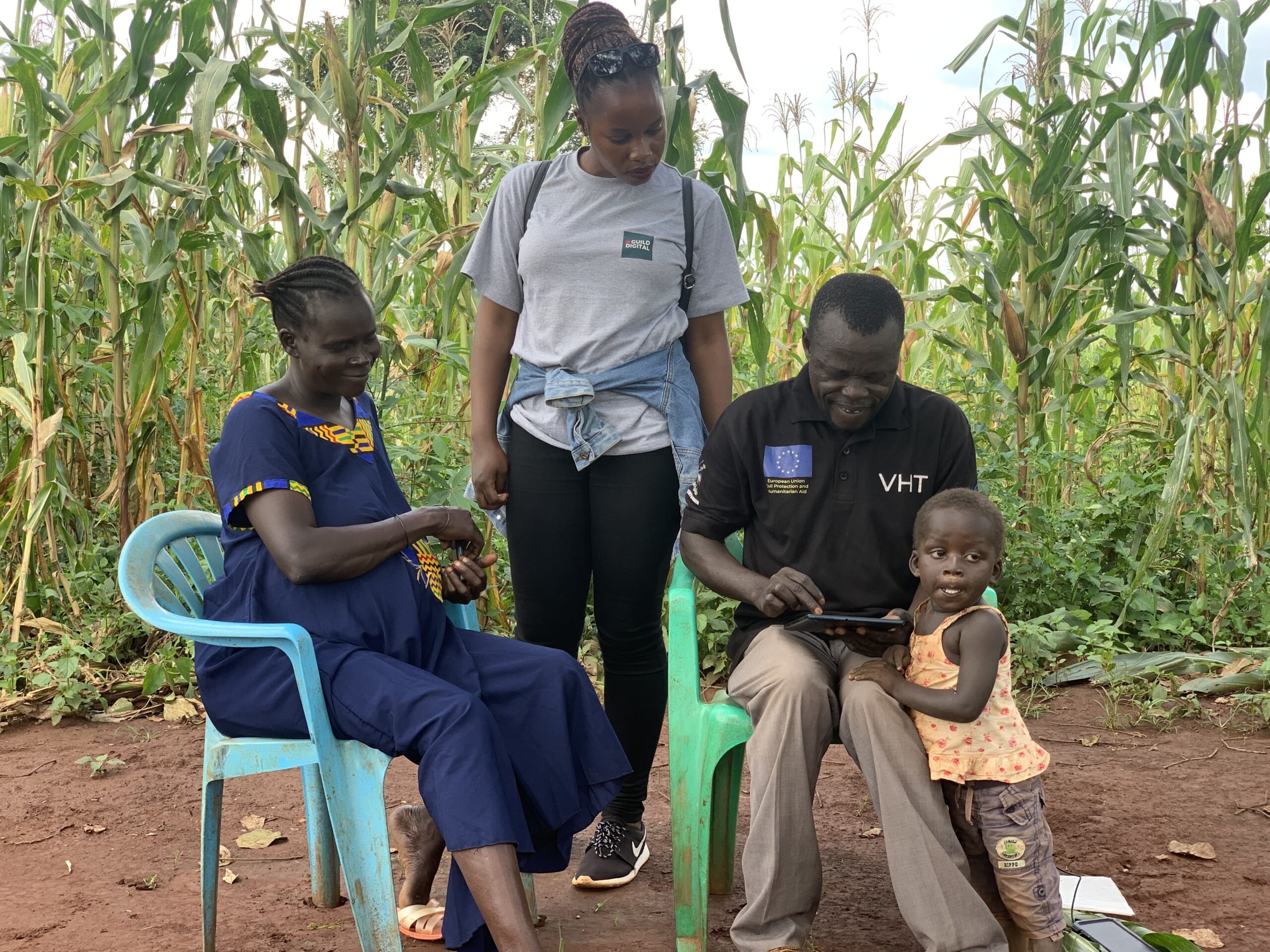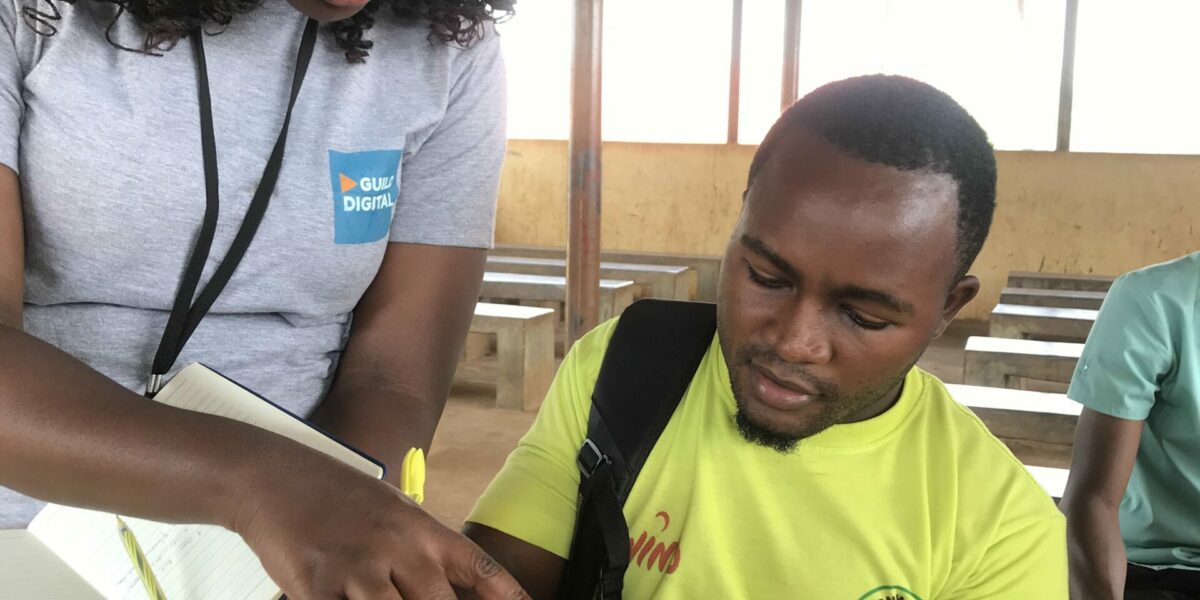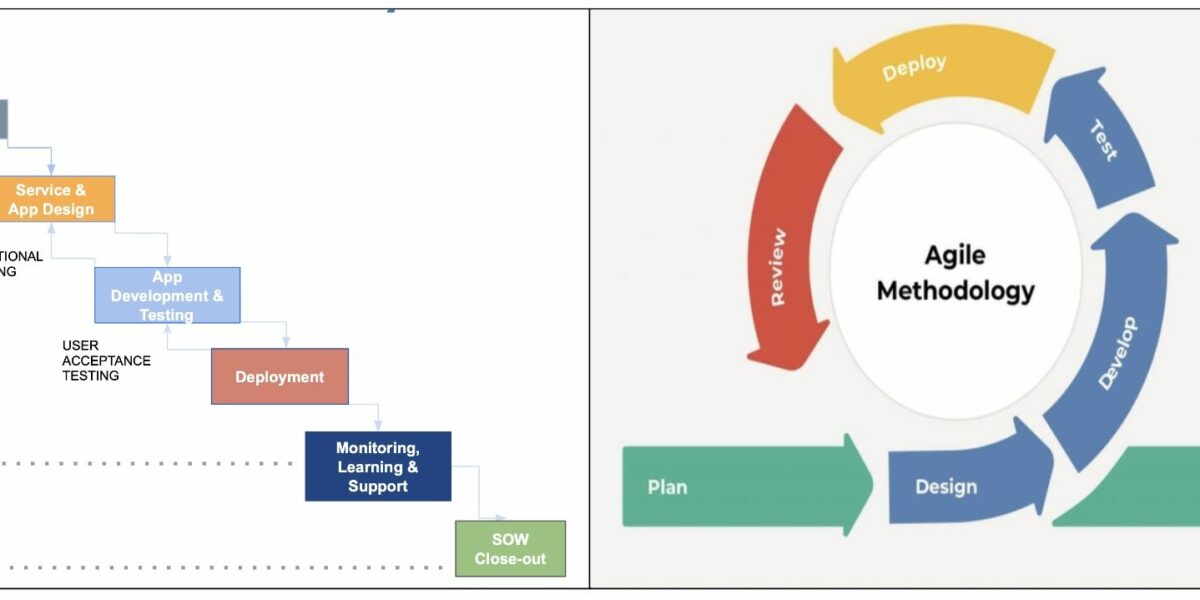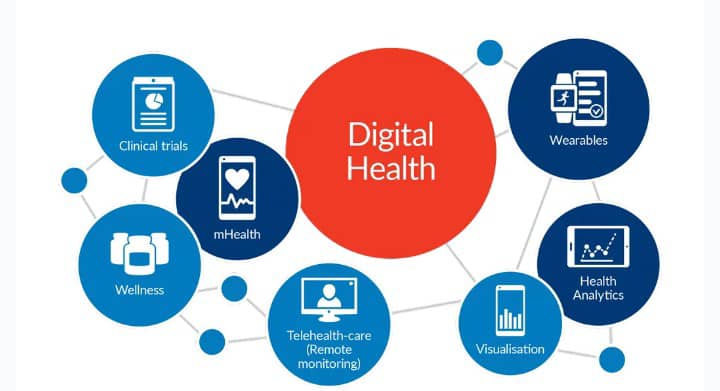As a new entrant in the rapidly evolving digital health space, it has been such a revelation for me to see real-life uses of the combination of healthcare and technology to improve the well-being of individuals. I will graduate this year, in June and I have already enjoyed the privilege of an exciting journey of how to find the top streaming movies right now learning to design and deploy innovative solutions within digital health.
When I first got invited to join Guild Digital, I had to deal with the fear of not knowing what I didn’t know. As a student with little industry experience, you don’t even know what you don’t know. The first step for me was to acquire a comprehensive understanding of its foundations, trends, and challenges. Where do people go to learn these things? Guild Digital has afforded me the space and time to delve into topics such as human-centered design, learn about platforms, and apps, and see how electronic health records support health outcomes – all at the community level.
As a student, I visited Kiryandongo refugee settlement for my nutrition and dietetics research work. I was familiar with the challenges of refugees but never quite applied myself to how their healthcare services are coordinated and provided for. The difference between host communities and the refugees is clear, and yet when it comes to healthcare, the challenges are the same. What Guild had managed in partnerships was the opportunity to deploy a digital health solution, adapted for the refugee setting. And I had the opportunity to lead design discovery and training sessions with some of the refugees I had met before – this time seeing them in a new light – they are part of the solution, they are volunteer community health workers themselves.

Collaborating with healthcare providers from partner organizations, and with the support of UNHCR, I have seen our small team use the transformative power of a digital tool (the rCHMIS), which enables community health workers (CWHs) carry out in-person patient care, at the household level, across many health areas, supported by an android smartphone application. The volunteers can evaluate the surroundings of a home for open defecation, and also check for danger signs with a pregnant refugee. They can as easily check if a child they referred to a health facility completed their treatment and has recovered. All the data is collected on the phone which periodically sends it to a cloud server for analysis and presentation. There are no more boundaries – being a refugee does not stop you from receiving care, and this is powerful. By implementing the intervention using the power of digital tools, I witnessed how real-time health monitoring and personalized wellness plans empower the refugee community health workers to take charge of their own health and that of their communities – even away from home.
As a Gen Z, being opened up to the world of digital health has opened my eyes to some opportunities – 4 that stand out for me: for new entrants. Here are a few areas where I have identified substantial potential:
Patient Monitoring for all: If digital platforms can support a longitudinal view of personal-level health care data, how might we support more patient monitoring systems, particularly with an ageing population and increasing chronic conditions. How might the tools we have today support continuous monitoring of vital signs and health parameters from the comfort of one’s home, especially those homes that can only be reached by a community health worker.
Data-driven Insights: I had always heard about dashboards, but never the idea of data for decision-making. The abundance of health data collected through various digital health tools provides an opportunity to leverage advanced analytics and even artificial intelligence algorithms. By extracting valuable insights from this data, we can enhance diagnostics, predict diseases, improve supervision and personalize treatment plans, ultimately leading to more precise and efficient care. Community health workers have the richest household level dataset, how can we make use of this more?
Health Education and Behavior Change: I know it’s the information age, and you would think accurate healthcare information is available in more places around the world. This is not true if you’re a displaced person in the first instance. Utilizing digital platforms to disseminate accurate health information and facilitate behaviour change can significantly improve public health outcomes. I look forward to learning how to develop engaging educational resources that can be used by the refugee community health workers to promote healthy habits that have the potential to empower individuals and communities in preventing diseases.
HealthTech Partnerships: This week, Guild Digital will join established healthcare providers, technology companies, and donors in the digital health space – it will be my first time at such a gathering, and I cannot wait to learn what kind of opportunities for new entrants like us. Hopefully, we can leave with a joint venture or a strategic alliance that can help us to accelerate the development and adoption of the platform we have to reach more refugee settlements, benefiting both clients and the managers of the health systems where displaced people find themselves.
For me, attending the Global Goods Innovation Summit isn’t just a great opportunity for; Networking but I hope to really take away lessons that can help me understand this field that I now work in – even as a non-traditional role. I know how to use a smartphone, but there is a special thing that comes to you when you unpack a box, and show a refugee how to use it for the first time. There is something about their eyes that light up when they see tomorrow’s tasks scheduled and automated. For me, it’s a real privilege to be here, to bring my many questions about how this works, but mostly to find collaborators and industry professionals that will expand my knowledge, give me new perspectives, and with whom I might form valuable relationships that could lead to future opportunities.
When you see me, ask me about Jane – a refugee in Kiryandongo refugee settlement, and how she is using the Refugee Community Health Management Information Systems tools to provide care to her fellow refugees. Jane is one of more than 440 refugee volunteers who support their communities and together we are supporting to reach more than 50,000 refugee homes; in the 2 settlements we are in.
